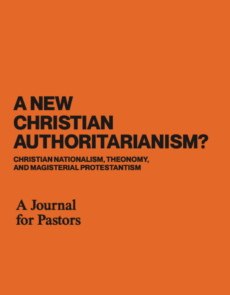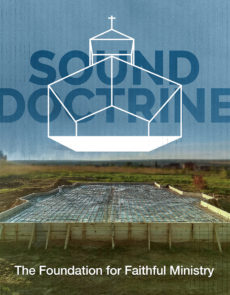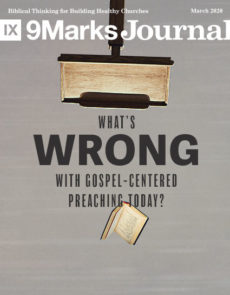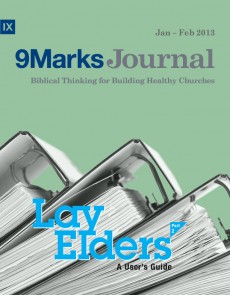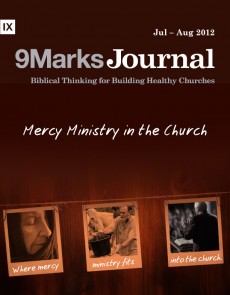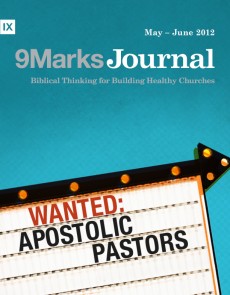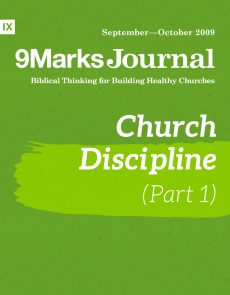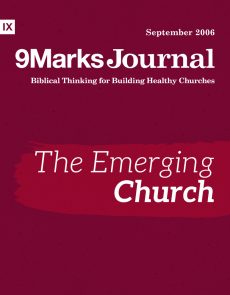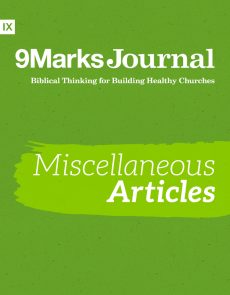Where Mercy Ministry Fits into the Church

The “Regulated Free Market” Approach to Mercy Ministry
By Jamie Dunlop | 9Marks Journal: Mercy Ministry in the Church | 06.26.2012When it comes to mercy ministry in the church, both the programmed and the organic approaches have their limitations. Here is a third way.
How Do Word and Deed Ministry Fit Together for a Church?
By Tim Keller | 9Marks Journal: Mercy Ministry in the Church | 06.26.2012Churches know they are responsible for word ministry. But are they responsible for deed ministry? How do word and deed ministry relate?
Obligation, Stewardship, and the Poor
By Kevin DeYoung | 9Marks Journal: Mercy Ministry in the Church | 07.01.2012It’s easy (and biblical) to insist that Christians should “do something about the poor.” But how can we sort out whom we should help, and how much?
How Mercy Serves Evangelism in the Church
By Mike McKinley | 9Marks Journal: Mercy Ministry in the Church | 06.26.2012Here are five ways mercy ministry serves and supports a church’s gospel proclamation.

We Need to Be Careful, but We also Need to Care
By Mike McKinley | 9Marks Journal: Mercy Ministry in the Church | 06.26.2012Theological nuance is important, but it should never mask disobedience.
Practical Counsel
How to Have Gospel Conversations with Torn Up People
By John Lauber | 9Marks Journal: Mercy Ministry in the Church | 06.26.2012How can you talk to someone with whom you seem to have nothing in common? By seeing their life and yours through the lens of the Bible’s grand narrative.
Church Mercy Ministry as Integrated Auxiliary
By Jamie Dunlop | 9Marks Journal: Mercy Ministry in the Church | 06.26.2012If a mercy ministry in your church grows to the point where it needs some real structure, consider making it an “integrated auxiliary.”
How to Start a Mercy Ministry in your Church
By Layla Wilder | 9Marks Journal: Mercy Ministry in the Church | 06.27.2012If you want your church to help poor people, decide how you are going to help, find people to serve, and tell them about Jesus as you do.
Compelling Examples
Loving the Unlovely and Unwanted
By David Apple | 9Marks Journal: Mercy Ministry in the Church | 06.27.2012This is the story of one urban church’s efforts to serve its community through both mercy and pointing to the source of mercy.
Adopting a School
By J. D. Greear | 9Marks Journal: Mercy Ministry in the Church | 06.27.2012Here’s how the Summit Church learned to love their neighbors, and what that did for their witness to their community.
Facing Up to Sex Trafficking
By Justin Holcomb | 9Marks Journal: Mercy Ministry in the Church | 06.27.2012Should Christians pass off victims of sexual trafficking to non-Christian counselors? Send them to someone else’s church? What? What should pastors know about this world and what can they do?
Book Review

Book Review: Ministry by His Grace and for His Glory: Essays in Honor of Thomas J. Nettles, ed. by Thomas Ascol and Nathan Finn
Review by Sam Emadi | 9Marks Journal: Mercy Ministry in the Church | 06.27.2012Tom Nettles deserves to be commended for his faithfulness to the gospel and his commitment to excellence in academic and pastoral ministry.
From the 9Marks Journal:

Free Download
PDF, ePub, and Kindle files will be sent to this email address. As part of our community, you will receive content & communication from 9Marks. You may unsubscribe at any time.
Support 9Marks
Our work is possible by the generosity of our readers. Give Today









